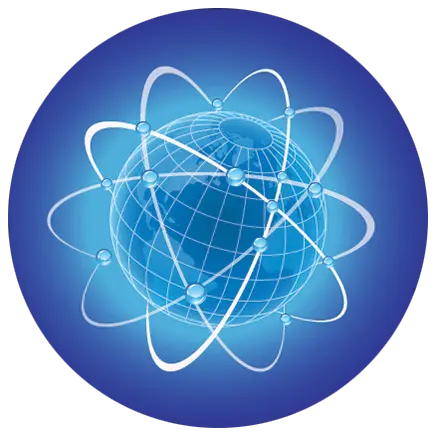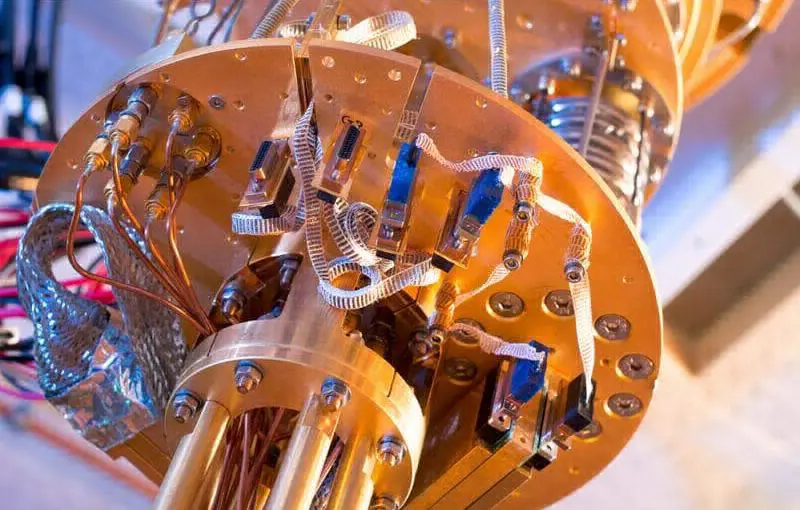Quantum Communication
Quantum Communication: The Pinnacle of Secure Transmission
Quantum communication, rooted in applied quantum physics, ventures into areas like quantum information processing and quantum teleportation. Its crown jewel is the protection of information channels from eavesdropping, achieved through quantum cryptography. The most notable implementation of this is quantum key distribution (QKD).
How Does QKD Work?
At its core, QKD leverages quantum mechanical effects for cryptographic activities. Here's a simplified breakdown:
1. Parties Involved: Typically, there are two parties, Alice and Bob.
2. Transmission: They transmit random number sequences as keys using single photons polarized to states representing binary values.
3. Communication Channels: Both are connected via a quantum channel (for qubits transmission) and a classical channel (for verification).
4. Eavesdropping Detection: After transmission, any discrepancies in the received sequences can hint at eavesdropping, ensuring data integrity.
Randomness is integral to robust encryption, and this randomness can be authentically generated using quantum optics.
Bringing Quantum Communication to Reality
QSAT™ and Stealth Grid™ are spearheading the future by crafting a secure, autonomous quantum mesh network that integrates quantum communications and the QUBIT Blockchain™
Space-based Quantum Information Network (QIN) Architecture Summary:
The Space QIN architecture consists of four primary segments:
1. Space Segment: Includes orbiting assets like satellites, which transmit entangled photon pairs to two access segment receivers. This forms a single quantum channel between the receivers. In addition, classical communication channels (e.g., radio frequency or optical) are established for protocol data exchanges.
2. Control Segment: Responsible for the command and management of the Space segment.
3. Access Segment: Allows users to connect to the QIN directly or as part of a domain.
4. Mission Segment: Manages all system assets, both terrestrial and orbital, and includes the domain controller for the space domain.
Satellites in the Space segment are divided into two parts:
• Payload: Contains the Entangled Photon Source (EPS), optical terminals, and a processor. The EPS generates photon pairs in Bell states, with a monitoring module to measure quantum state fidelity and other parameters—optical terminals equipped with telescopes direct entangled photon pairs toward scheduled stations. The payload processor handles commands, monitors source status, and controls laser timing.
• Platform: Houses the solar panels, batteries, on-board processor, radio terminal for Telemetry, Tracking and Control (TTC), and other essential components. Its role is energy management, payload protection, satellite stabilization, telemetry data transmission, and handling satellite end-of-life processes.

